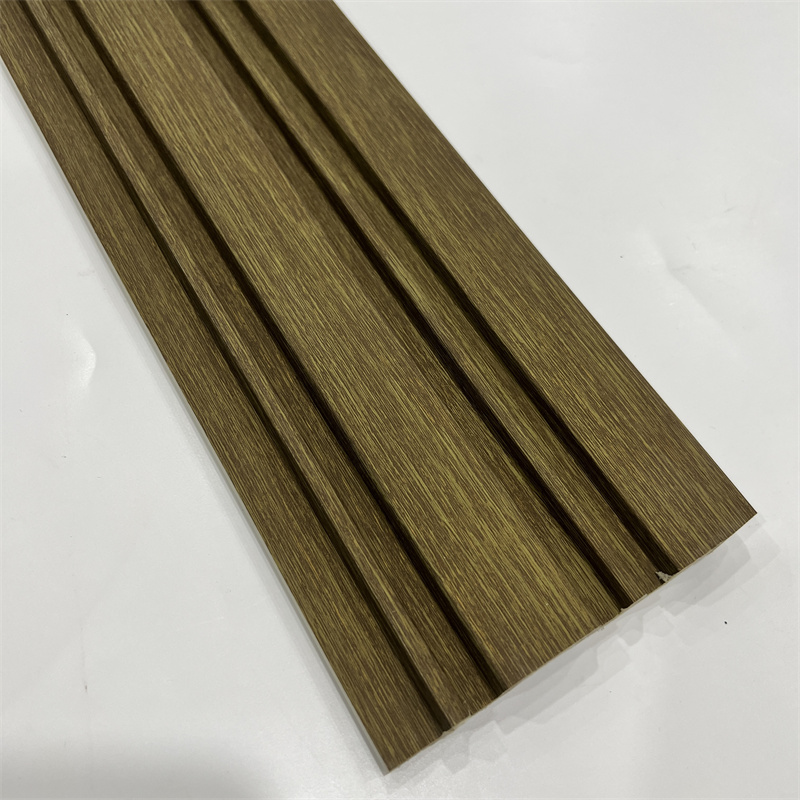
When it comes to designing interior spaces, one of the key elements that can significantly impact the overall ambiance and visual appeal is the use of wall panels.
Among the various options available, PS (polystyrene) wall panels have gained popularity for their versatility, durability, and aesthetic qualities.
In this article, we will delve into the concept of aesthetic harmony and explore how PS wall panels can be used to harmonize colors and textures, creating visually stunning and cohesive environments.
We will discuss the importance of color schemes, the role of textures, practical tips for achieving harmony, and real-life examples of successful applications.
I. The Significance of Color Schemes
Understanding Color Psychology Color plays a vital role in shaping our perceptions and emotions.
Different colors evoke different moods and have the power to transform a space.
We will explore the psychological impact of colors commonly used in interior design and how they can be effectively combined with PS wall panels.
Creating Cohesion with Complementary Colors Complementary color schemes involve pairing colors that are opposite each other on the color wheel.
We will discuss how complementary colors can be used to create dynamic contrasts and visual balance within a space, and how PS wall panels can be integrated to enhance the overall aesthetic appeal.
Achieving Balance with Analogous Colors Analogous color schemes involve using colors that are adjacent to each other on the color wheel.
We will explore how analogous colors can be utilized to create a harmonious and cohesive atmosphere, and how PS wall panels can be used to complement and accentuate the chosen color palette.

II. The Role of Textures in Aesthetic Harmony
Understanding Texture in Interior Design Texture adds depth, visual interest, and tactile sensations to a space.
We will discuss the importance of considering texture when designing with PS wall panels and how different textures can create unique experiences within a room.
Blending Textures for Balance Combining various textures can result in a visually pleasing and well-balanced interior.
We will explore how PS wall panels with different textures can be strategically incorporated to complement other design elements and create a sense of cohesion.
Contrasting Textures for Visual Impact Contrasting textures can be used to create focal points and add drama to a space.
We will discuss how the careful placement of textured PS wall panels can provide an intriguing juxtaposition against smoother surfaces, emphasizing certain areas and drawing attention to specific design features.
III. Practical Tips for Achieving Aesthetic Harmony
Choosing the Right Color and Texture Combinations We will provide practical guidance on selecting the ideal color and texture combinations for specific design goals.
Factors such as the size of the space, desired ambiance, and existing décor will be considered to ensure the harmonious integration of PS wall panels.
Considering Lighting and Reflection Lighting can significantly affect the perception of colors and textures within a room.
We will explore how different lighting techniques and the reflective properties of PS wall panels can be leveraged to create a visually dynamic and harmonious environment.
Integrating Patterns and Finishes Patterns and finishes on PS wall panels can enhance the aesthetic impact of a space.
We will discuss how patterns can be used to add visual interest and depth, and how different finishes, such as matte or glossy, can create contrasting effects and contribute to the overall aesthetic harmony.

IV. Real-Life Examples of Aesthetic Harmony
Residential Applications We will showcase examples of residential spaces where PS wall panels have been successfully used to harmonize colors and textures.
From cozy living rooms to stylish bedrooms, these examples will illustrate the transformative power of PS wall panels in creating aesthetically pleasing environments.
Commercial Applications Explore the ways in which PS wall panels have been applied in commercial settings to achieve aesthetic harmony.
From trendy restaurants to modern office spaces, we will highlight real-life projects that demonstrate the versatility and impact of PS wall panels in different business contexts.
Public Spaces and Institutions Discover how PS wall panels have been utilized in public spaces and institutional settings to create visually stunning and welcoming environments.
From art galleries to educational institutions, we will examine projects that showcase the successful integration of colors and textures using PS wall panels.
Achieving aesthetic harmony is an essential aspect of interior design, and PS wall panels offer a versatile medium for creating visually stunning environments.
By understanding the significance of color schemes, the role of textures, and implementing practical tips, designers can effectively harmonize colors and textures using PS wall panels.
With the right combinations and thoughtful integration, these panels can transform spaces into cohesive and aesthetically pleasing experiences.
So, whether you’re embarking on a residential, commercial, or public design project, consider harnessing the power of PS wall panels to achieve aesthetic harmony and elevate the overall ambiance of your space.
